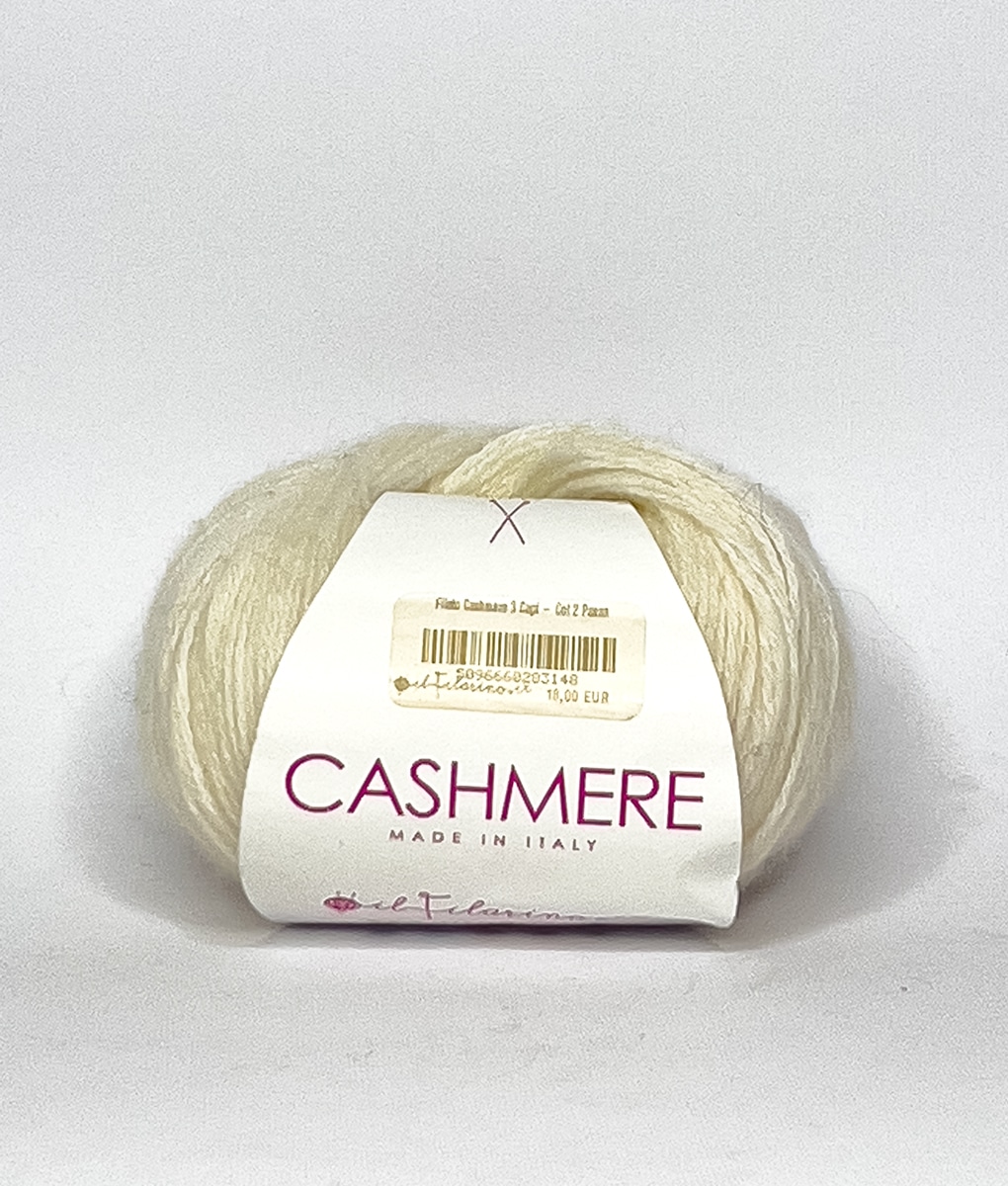Discover the Allure of Cashmere a Natural Fiber: Why It's a Must-Have in Your Closet
The attraction of cashmere, a deluxe natural fiber, goes beyond simple visual appeals. From discussing its interesting beginning to understanding its manufacturing treatment, high quality, and process, it's worth exploring why cashmere holds such an unique place in the world of fabrics.

The Beginning and Background of Cashmere: A Short Overview
While lots of may watch cashmere as a basic high-end, its history is steeped in abundant social practice. Stemming from the Kashmir region in India, cashmere woollen has been created for thousands of years. The fiber is obtained from the soft undercoat of cashmere goats, gathered during their molting period.
Comprehending the Special Characteristics of Cashmere Fiber
Cashmere, renowned for its distinctive characteristics, attracts attention worldwide of fabrics. This lavish fiber is exceptionally soft, supplying a comfortable and comfortable feeling unlike any kind of various other. It is dramatically warmer than woollen, making it an excellent choice for winter months garments. Despite its warmth, cashmere is remarkably lightweight and doesn't add unnecessary bulk. This natural fiber is likewise understood for its resilience. While various other products might wear down with time, cashmere retains its quality, guaranteeing resilient wear. Ultimately, cashmere possesses an one-of-a-kind visual allure. Its gentle appeal and beauty make it a staple in premium style. Comprehending these properties clarifies why cashmere is not just a high-end, yet a rewarding investment for any kind of closet.

The Process of Making Cashmere: From Goat to Garment
To appreciate the lavish buildings of cashmere completely, one have to comprehend its journey from the raw fiber to the finished item. The process begins with the cashmere goats, predominantly found in Mongolia, China, and Iran. The soft undercoat of these goats, collected throughout their all-natural molting period in springtime, gives the raw material. This delicate fiber is then meticulously separated from the coarser outer hair in a labor-intensive procedure understood as dehairing. The pure cashmere is then dyed, rotated into yarn, and ultimately knitted or woven into the coveted garments. Each step is meticulously executed to protect cashmere's remarkable heat, softness, and longevity. This elaborate process causes the creation of a really elegant fabric.

Translating the Top Quality and Price: Why Is Cashmere so Expensive?
Cashmere originates from the great undercoat of the cashmere goat, with each goat producing a plain 150 grams annually. The handling of raw cashmere requires both time and expertise, with the fibers requiring to be carefully arranged, washed, and spun. These factors integrated make cashmere a this pricy yet highly desired asset in the globe of fashion.
Cashmere in vogue: The Adaptability and Timeless Charm
Regardless of its high price, the timeless Continue appeal and adaptability of cashmere have solidified its location in the realm of style. The fiber's distinct appearance, defined by its gentleness and heat, has actually ended up being identified with high-end and comfort. Its adaptability extends beyond seasonal trends, making it a closet vital in different kinds, from elegant sweaters to chic headscarfs. The versatile nature of cashmere allows for its assimilation into both laid-back and formal clothes, indicating its wide appeal. Moreover, the textile's withstanding popularity over the years vouches for its timeless charm. As trends come and go, cashmere stays a consistent, its attraction undiminished, continuing to motivate and shape the fashion industry's landscape.
Taking Care Of Your Cashmere: Maintenance and Conservation Tips
Guaranteeing the durability of cashmere garments needs specific care and focus. These treasured possessions should not be thrown into the washing device with routine laundry. Instead, hand washing with gentle, pH-neutral soap in warm water is encouraged. After cleaning, they ought to not be wrung out. Instead, they should be delicately pushed between towels to absorb excess water, then laid level to dry. Normal brushing with a cashmere comb can protect against pilling. Keeping these products in an amazing, dry place, ideally in a breathable bag, can shield them from moths and humidity (is cashmere a natural fiber). An occasional airing outside, far from direct sunlight, can revitalize the fibers. With these upkeep and preservation suggestions, one can guarantee their cashmere stays resilient and luxuriously soft.
Verdict
Cashmere, with its unmatched soft qualities and warmth, supplies both luxury and toughness. Discover the appeal of cashmere and boost your fashion collection.
